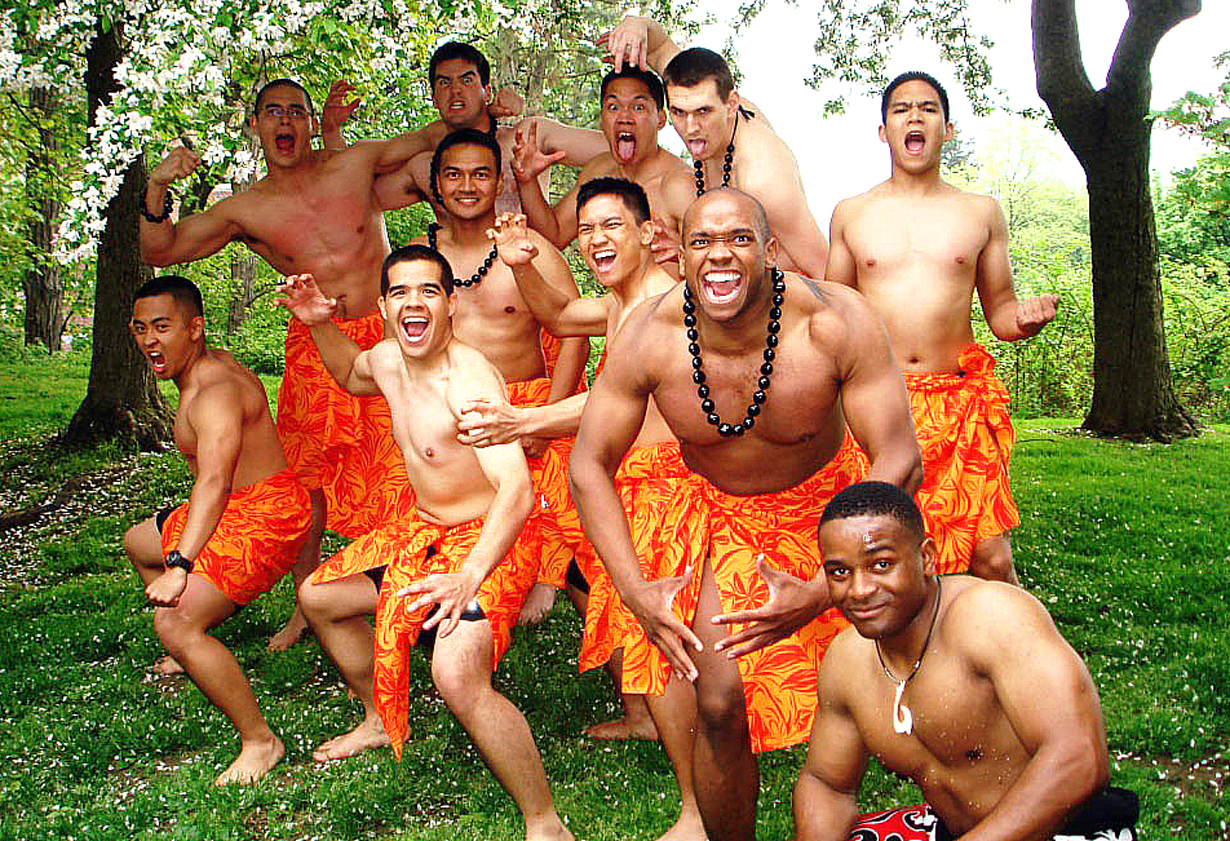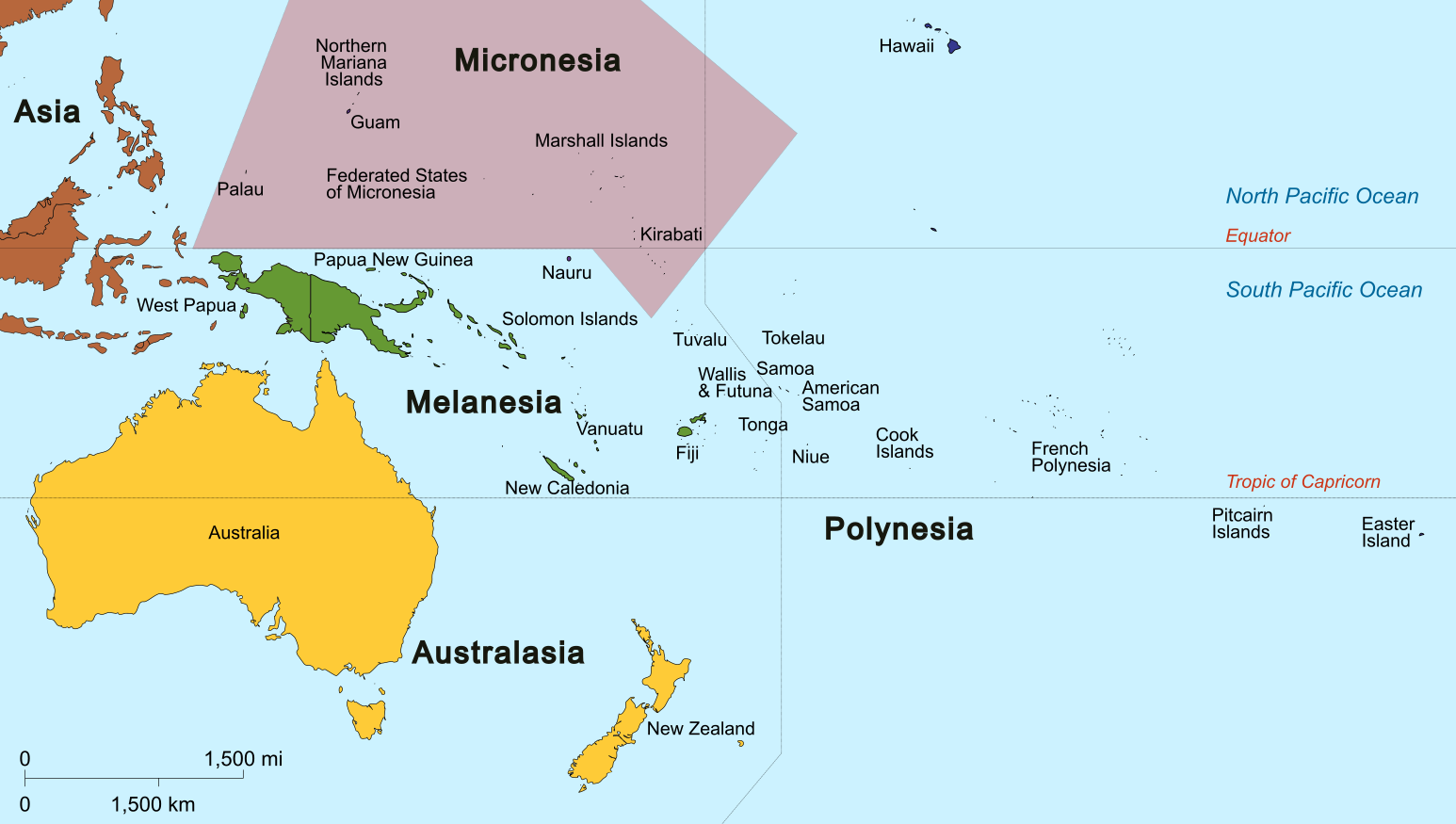

According to the U.S. Census (2010), the Pacific Islander community is one of the fastest growing racial/ethnic group in the U.S. Considered a subgroup within the Pacific Islander community, Micronesians are a growing population with significant health needs. Micronesia consists of over 2,100 islands and has four main island groups: the Caroline Islands (that includes the Federated States of Micronesia and Palau), the Gilbert Islands (Kiribati), the Mariana Islands (including the Central Northern Mariana Islands and Guam), and the Marshall Islands. While there are some similaries across each island, each island also has its own unique language, culture, and way of life. Furthermore, their citizenship status also varies depending on where they are from. For example, people from the Federated States of Micronesia are citizens of the Compact of Free Association (COFA) and citizens born in Guam are considered U.S. citizens.

As Pacific Islanders are already viewed as a minority, Micronesians are further buried into the “AAPI” category, hiding the health disparities of an overlooked community. Multiple studies have indicated that the various categories and definitions of race and ethnicity affect health disparity outcomes (Bacong, Holub & Porotesano, 2016; Wang, Gee, Bahiru, Yang, Hsu, 2020). These same studies have reported that the health concerns of Native Hawaiian, Pacific Islanders, and Micronesians are then buried with the larger “Asian American” title. The results are then inaccurate, and future social service or outreach work results in unnecessary interventions that does not benefit or serve the community. At the same measure, the underreporting of the data results in less attention to the needs and well-being of the Micronesian community.
Another danger associated with continuing to link AAPI together is that both are then labeled as achievers, or stereotyped as the ‘model minority myth.’ The model minority myth holds that a certain group, often Asian Americans, are successful, while other minority groups are viewed as unsuccessful, yet are compared to ‘successful’ groups. In doing so, this not only causes strive between Asian Americans and Pacific Islanders, but also a rift in between groups. For example, Hmong Americans are a minority within the Asian community, and have significant health issues including economic challenges in comparison to other East Asian groups. At the same time, Pacific Islanders, especially Micronesians, are then uplifted as more successful than they actually are, or the focus is on health needs that is not centered on their particular cultural needs.
This is why it is important to public health to separate and disaggregate the data. Separating Asian American and Pacific Islanders from each other and within each group would show the reality between the groups and within subgroups. It is imperative that public health continues to address the need to separate the data. To not do so is a disservice to the community and perpetuates further harm. Racism is a public health crisis. Separation of data is one step towards harm reduction against an already marginalized, often overlooked community.
More from Jackie Leung here.
ODPHP, (26, April 2021). May National Observations: Hepatitis Awareness, Physical Fitness, Women’s Health, and More! https://tinyurl.com/y5o64n8a
Bacong, A. M., Holub, C., & Porotesano, L. (2016). Comparing Obesity-Related Health Disparities among Native Hawaiians/Pacific Islanders, Asians, and Whites in California: Reinforcing the Need for Data Disaggregation and Operationalization. Hawai’i Journal of Medicine & Public Health: A Journal of Asia Pacific Medicine & Public Health, 75(11), 337–344.
Wang D, Gee GC, Bahiru E, Yang EH, Hsu JJ (2020). Asian-Americans and Pacific Islanders in COVID-19: Emerging Disparities Amid Discrimination. J Gen Intern Med. 35(12):3685-3688. doi: 10.1007/s11606-020-06264-5.
HPHR.org was designed by ComputerAlly.com.
Visit HPHR’s publisher, the Boston Congress of Public Health (BCPH).
Email communications@bcph.org for more information.

Click below to make a tax-deductible donation supporting the educational initiatives of the Boston Congress of Public Health, publisher of HPHR Journal.![]()